Introduction
Architectural rendering has evolved into a critical discipline, merging cutting-edge 3D modeling with advanced rendering technologies to create compelling visual narratives. The integration of 3ds Max and V-Ray stands at the forefront of this evolution, empowering architects and designers to produce intricate, lifelike representations of their projects. As the demand for high-quality visualizations intensifies, understanding the intricacies of rendering techniques becomes essential for effective communication with clients and stakeholders.
This article delves into the multifaceted landscape of architectural rendering, exploring the sophisticated tools and methodologies that enhance visual fidelity, streamline workflows, and ultimately drive investment in architectural ventures. Through a detailed examination of:
- Clay rendering
- Lighting mastery
- Advanced features of V-Ray
it aims to equip seasoned professionals with the knowledge necessary to elevate their rendering practices and achieve unparalleled results in their projects.
Introduction to Architectural Rendering with 3ds Max and V-Ray
Architectural rendering with 3ds Max and V-Ray represents a highly sophisticated convergence of advanced 3D modeling and visualization technologies. Architectural rendering with 3ds Max and V-Ray empowers designers to craft intricate 3D representations of buildings and landscapes with precision, while V-Ray serves as an exceptional visualization engine, elevating the visual fidelity of these models through the simulation of realistic materials, lighting, and environmental effects. This synergy not only facilitates the production of stunning visual representations through architectural rendering with 3ds Max and V-Ray, which effectively communicate design intent, but also plays a crucial role in pre-sales visualization.
High-quality visuals serve as a powerful marketing tool in real estate development, instilling confidence in potential investors and clients. The Architectural Rendering Software Market report published in March 2024 highlights the increasing adoption of these technologies, emphasizing their impact on client satisfaction and investment generation. Moreover, with research indicating that 64% of viewers are prompted to make purchases after engaging with branded videos on social media, the need for effective visualizations in architectural marketing is underscored.
This aligns with the findings of a case study titled ‘Small Businesses and Video Publishing,’ which reveals that 22% of U.S. small companies are eager to publish video content within the next year, showcasing the rising interest in utilizing video for impactful client interactions. Additionally, detailed interior illustrations enable clients to visualize the functionality and aesthetics of spaces, enhancing their overall satisfaction. Townhome visuals, in particular, serve as a key marketing tool, offering potential buyers a glimpse into the lifestyle and community that awaits them, further driving investment and interest.
Understanding Clay Rendering: Techniques and Benefits
Clay rendering is a crucial technique in architectural visualization, providing a streamlined method to evaluate a project’s contours and overall structure. When utilizing V-Ray, the process begins with applying a matte material to your model, followed by careful adjustment of the lighting to produce soft shadows. This intentional method aids in recognizing flaws and areas needing improvement, free from the distractions of color or texture.
As Abdullah Al Baki, FOUNDER & CREATIVE DIRECTOR, states, ‘With a career as a 3D artist that began in 2008, he has positioned himself as an industry thought leader.’ His insights strengthen the importance of clay modeling as an essential instrument for critique, ensuring accuracy through meticulous detail and facilitating effective client collaboration. Furthermore, case studies, particularly the one titled ‘Time, Resource, and Cost Efficiency,’ illustrate that generating a clay render enables architects and designers to evaluate their work efficiently, ultimately saving time and computational resources.
This swift assessment procedure enables artists to make knowledgeable choices about modifications before dedicating significant effort to intricate depiction. The investment in visualization is clear as these high-quality representations enhance the overall narrative, demonstrating how small details play a crucial role in the story behind the project. Additionally, final outputs may undergo post-production enhancements using software like Photoshop or Gimp to improve color balance and contrast, although the primary focus remains on the precision and detail during the output process itself.
In 2024, the advantages of this technique persist in reverberating within the architectural community, confirming its crucial role in improving design assessment and investment in high-quality visual representations.
Mastering Lighting and Shadow for Realistic Renders
Effective lighting is paramount in architectural rendering with 3ds Max and V-Ray, as it directly influences the perceived quality and realism of visualizations. Utilizing 3ds Max alongside other rendering tools, architects should strategically employ a blend of natural and artificial light sources to achieve depth and authenticity in their renders. The integration of detailed 3D visualizations, a key element of the design development phase, enhances client understanding and facilitates stakeholder communication by identifying design issues early.
The Sun and Sky system is especially efficient for replicating authentic daylight, providing a dynamic spectrum of illumination that reflects real-world situations and enhances architectural displays. To enhance interior scenes, integrating additional light sources such as rendering lights is essential. Shadow casting plays a critical role in this process; soft shadows contribute to a more natural appearance, while hard shadows can introduce a sense of drama and contrast.
Mastery of illumination techniques involves experimentation with the angle, intensity, and color of lights, which is akin to the meticulous approach taken in architectural rendering with 3ds Max and V-Ray for both interior and exterior projects. Recent developments in rendering illumination and shadow capabilities have simplified the process for architects to design intricate illumination scenarios that enhance the quality of architectural visualizations. For instance, a recent project showcased the use of V-Ray illumination techniques to enhance a residential interior, resulting in a more inviting atmosphere that resonated well with clients.
As emphasized in recent studies, understanding and effectively using these illumination techniques is crucial for architectural rendering with 3ds Max and V-Ray, showcasing a building’s design compellingly and reflecting the ongoing evolution in 3D house rendering practices. Notably, the Asia-Pacific region was the largest in the architectural illumination market in 2023, while North America is anticipated to be the fastest-growing region during the forecast period. This growth is attributed to a robust economy and increasing urbanization, as illustrated by a case study showing North America’s high demand for architectural illumination solutions driven by awareness of energy efficiency and sustainable practices.
Furthermore, the research team conducted 45 primary interactions globally, reinforcing the significance of these lighting techniques in real-world applications. Additionally, our technology for documenting existing spaces allows us to create accurate visualizations that aid in the design development process.
Leveraging V-Ray’s Advanced Features for Enhanced Visualization
The software is equipped with sophisticated features that significantly enhance architectural visualization, especially with architectural rendering with 3ds max and v ray through its Material Editor. This tool not only allows architects to create and customize highly realistic materials for architectural rendering with 3ds max and v ray, but it also provides access to an extensive material library, facilitating quick retrieval of textures tailored for various architectural components and streamlining the workflow. The meticulous attention to detail in architectural rendering with 3ds max and v ray is crucial for enhancing realism and emotional impact, which ultimately influences client investment decisions.
For instance, the realistic textures created with the Material Editor during architectural rendering with 3ds max and v ray can evoke emotional responses from clients, making them more likely to invest in a project. In architectural rendering with 3ds max and v ray, IES lights allow the simulation of genuine light fixtures, enhancing the realism of interior scenes and effectively highlighting functionality and aesthetics. Moreover, the introduction of the Firefly feature in version 7 helps eliminate unwanted artifacts in architectural rendering with 3ds max and v ray caused by material errors or incorrect lighting settings, thereby improving the overall quality of outputs.
This feature is supported by enhanced algorithms that prevent flickering glows in the context of architectural rendering with 3ds max and v ray, ensuring high-quality results that meet client expectations. Additionally, special effects such as depth of field and lens distortions further enhance visual quality, making presentations of architectural concepts through architectural rendering with 3ds max and v ray more engaging and effective for marketing purposes. A notable case study titled ‘Let there be light: understanding the Luminaire object’ illustrates the practical application of the Luminaire function in architectural rendering with 3ds max and v ray, simulating real light fixtures and controlling light parameters, thereby reinforcing the importance of advanced features in driving project confidence and generating investment through impactful visualizations.
According to Phillip Miller, VP of Product Management at Chaos, ‘In contrast, the benchmark effectively pushes either CPUs and/or GPUs, giving users a real-world test of their total system with the most highly used renderers in both visual effects production and design visualization.’ This commentary underscores the practical implications of V-Ray’s advanced features in architectural rendering with 3ds max and V-Ray, which are instrumental in delivering high-quality outputs that not only meet but exceed client expectations. A recent client, Jane Doe, remarked, ‘The level of detail in the architectural rendering with 3ds max and v ray made it easy for us to visualize the project, and it played a significant role in our decision to invest.
Optimizing Your Rendering Workflow in 3ds Max and V-Ray
Improving your workflow necessitates a multifaceted strategy, particularly in light of fierce competition and swiftly changing technology in the Solutions Market. A crucial strategy involves utilizing architectural rendering with 3ds Max and V-Ray to facilitate clear communication among stakeholders, ensuring quicker buy-in from clients and investors. This clarity not only aids in identifying and resolving potential design issues early but also streamlines the project workflow from initial consultation to detailed visualizations.
Systematic file organization plays a vital role in this efficiency, enabling rapid asset retrieval and minimizing downtime during the processing phase. Techniques like V-Ray’s Proxy objects enable the handling of intricate models without burdening system memory, enhancing efficiency while preserving system performance. Additionally, employing render presets facilitates quick adjustments between quality settings tailored for various project stages, further optimizing the workflow.
Distributed processing, leveraging multiple machines to handle different segments of a scene simultaneously, significantly accelerates project timelines. According to recent industry insights, 48% of companies are currently implementing automated systems, underscoring the growing recognition of these optimization techniques. Experts point out that optimizing workflows for architectural rendering with 3ds Max and V-Ray is essential for maintaining competitiveness in the market.
Furthermore, the significance of intricate details in architectural visuals enriches realism and emotional impact, making your project feel real and ready to be built. By integrating these best practices, including systematic file organization and architectural rendering with 3ds Max and V-Ray, you can achieve remarkable improvements in the efficiency and productivity of your rendering projects.
Conclusion
The evolution of architectural rendering through the integration of 3ds Max and V-Ray has transformed the way architects and designers communicate their visions. The exploration of clay rendering has highlighted its invaluable role in design critique, enabling professionals to assess structural integrity and refine their work efficiently. This technique not only streamlines the feedback process but also enhances collaboration with clients, ensuring that design intent is accurately conveyed.
Mastering lighting and shadow has emerged as a critical component in achieving realistic visualizations. The combination of natural and artificial lighting, along with the strategic use of V-Ray features, allows for the creation of immersive and engaging environments. As demonstrated, effective lighting techniques not only enhance the aesthetic appeal of a project but also play a pivotal role in client decision-making, underscoring the importance of realism in architectural renderings.
Furthermore, leveraging V-Ray’s advanced features, such as the Material Editor and IES lights, ensures that visualizations resonate on an emotional level with clients. The meticulous attention to detail facilitated by these tools significantly influences investment decisions, reinforcing the necessity of high-quality renderings in architectural marketing. As the architectural landscape continues to evolve, optimizing rendering workflows emerges as a crucial strategy for maintaining competitiveness and delivering exceptional results.
In conclusion, the ongoing advancements in architectural rendering technologies empower professionals to elevate their practices, enhance client engagement, and ultimately drive investment in their projects. Mastery of these sophisticated tools and techniques is essential for architects striving to create compelling visual narratives that resonate with stakeholders and contribute to the success of their ventures.
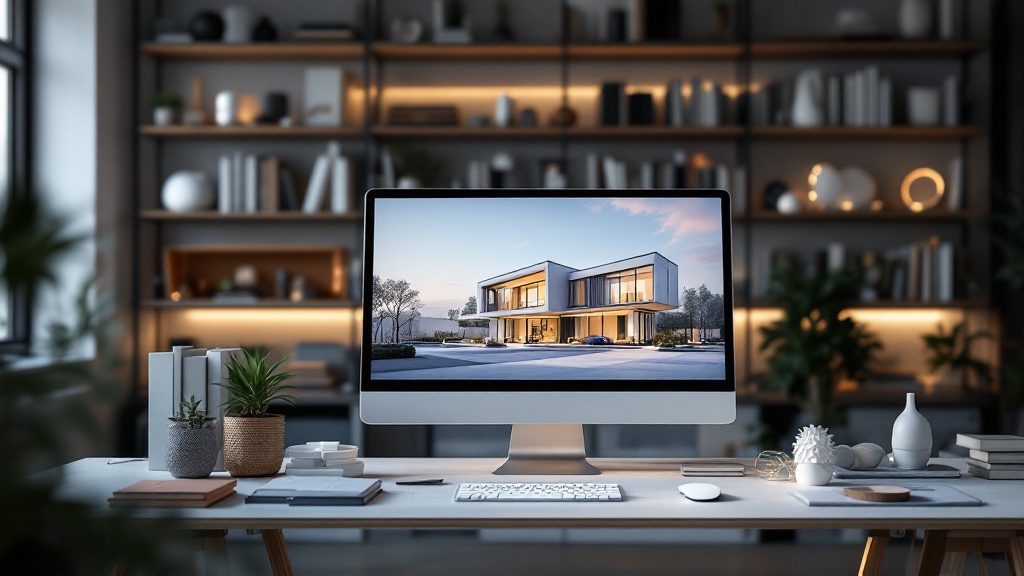
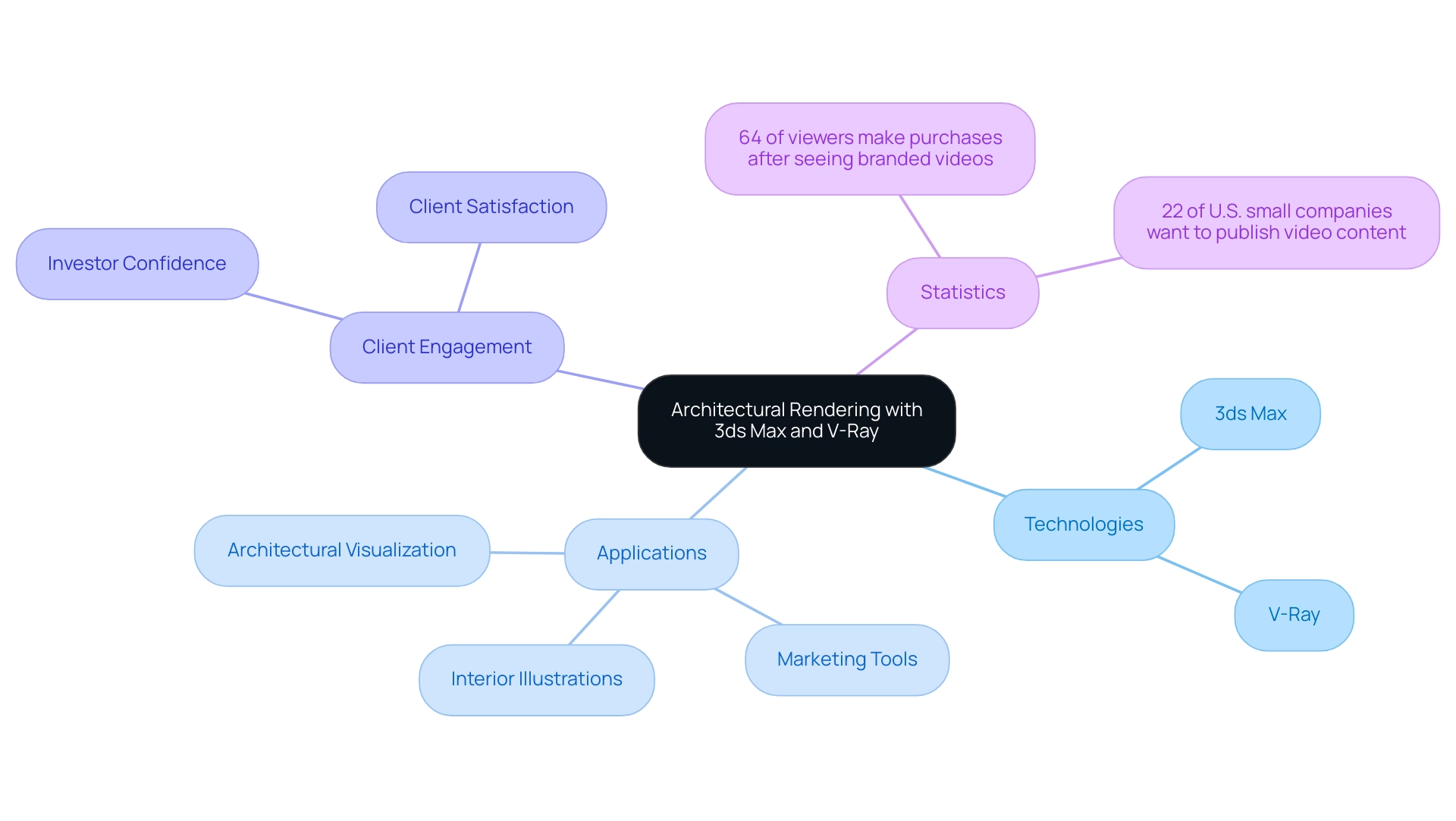
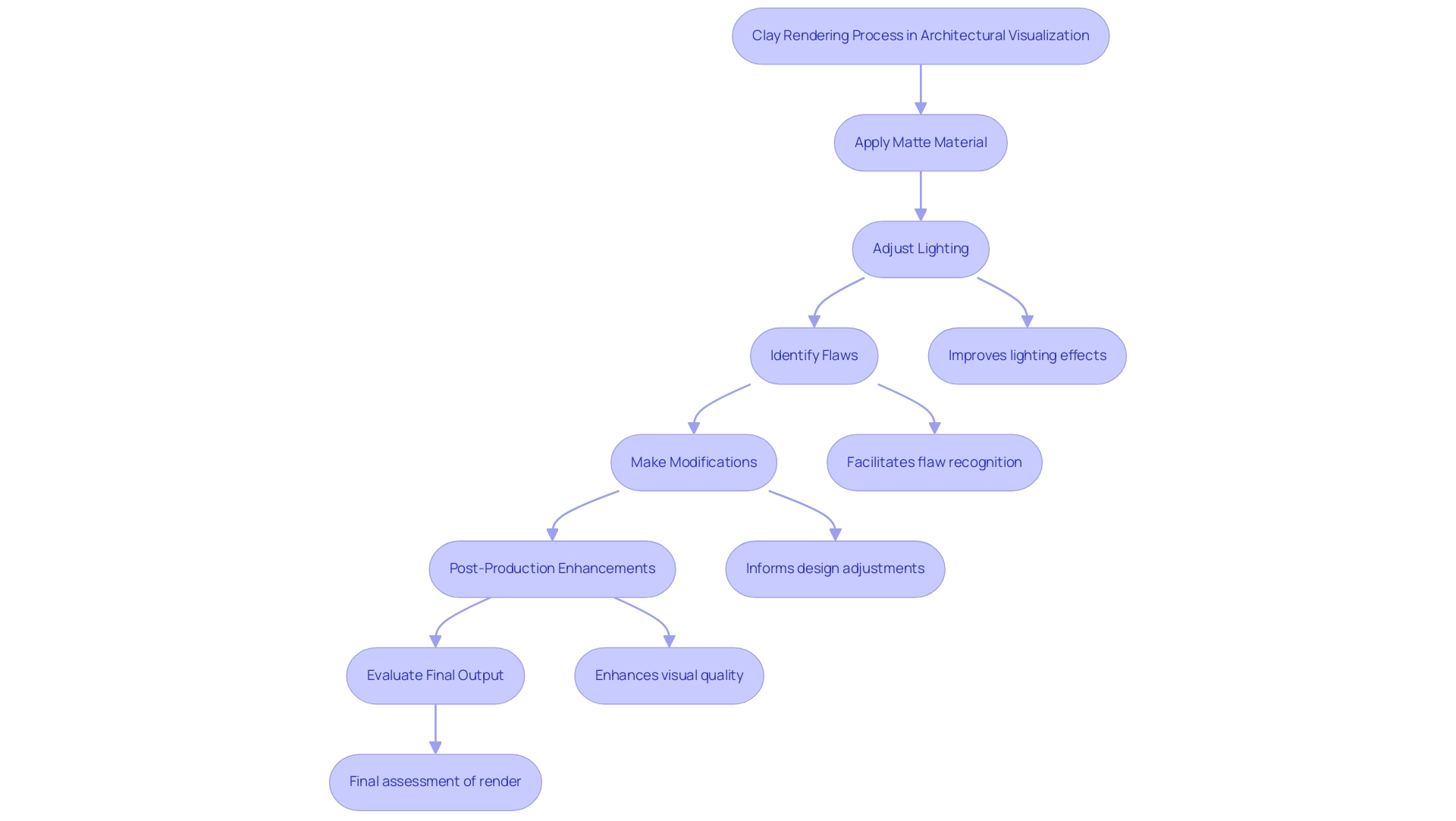
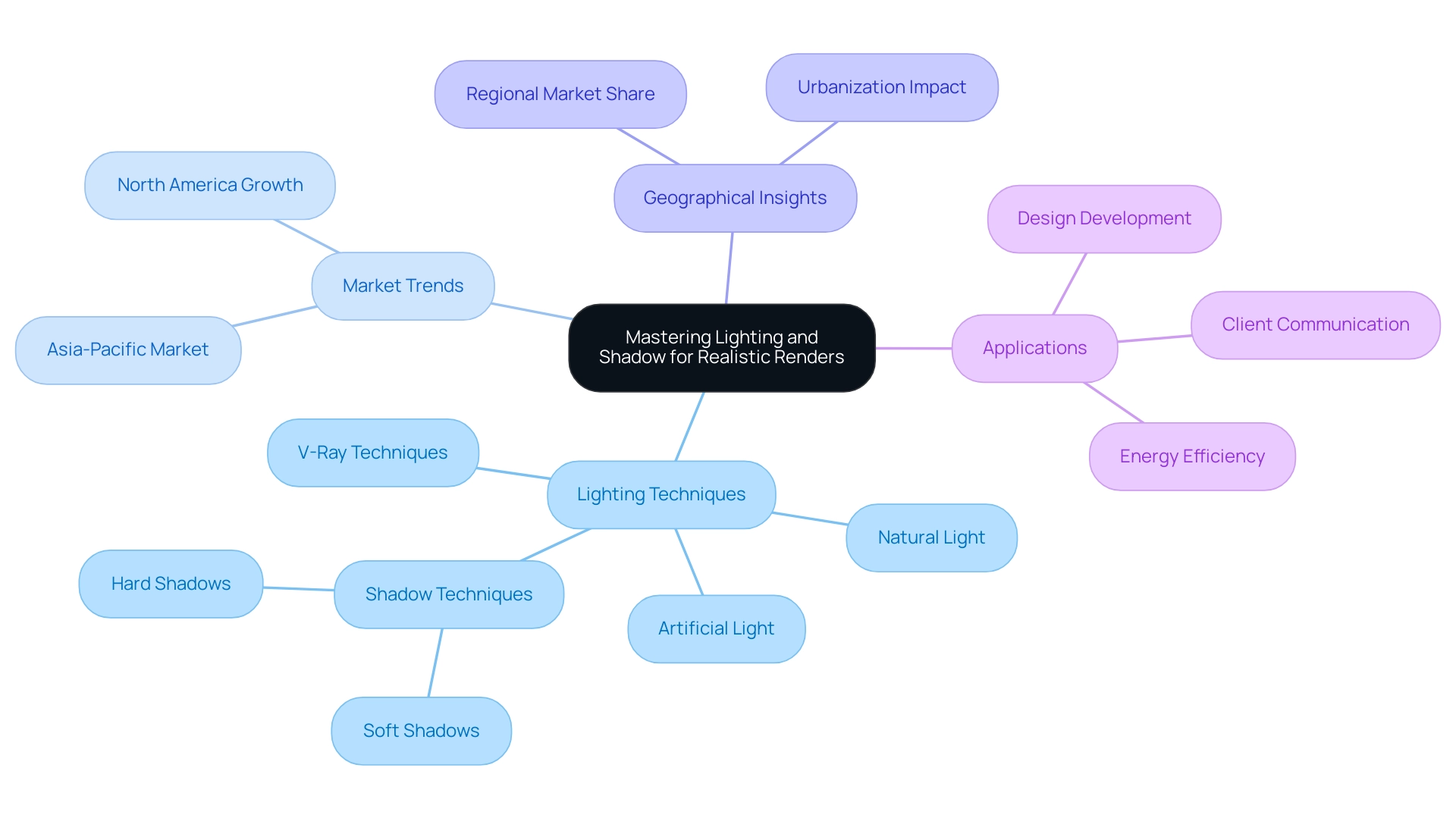
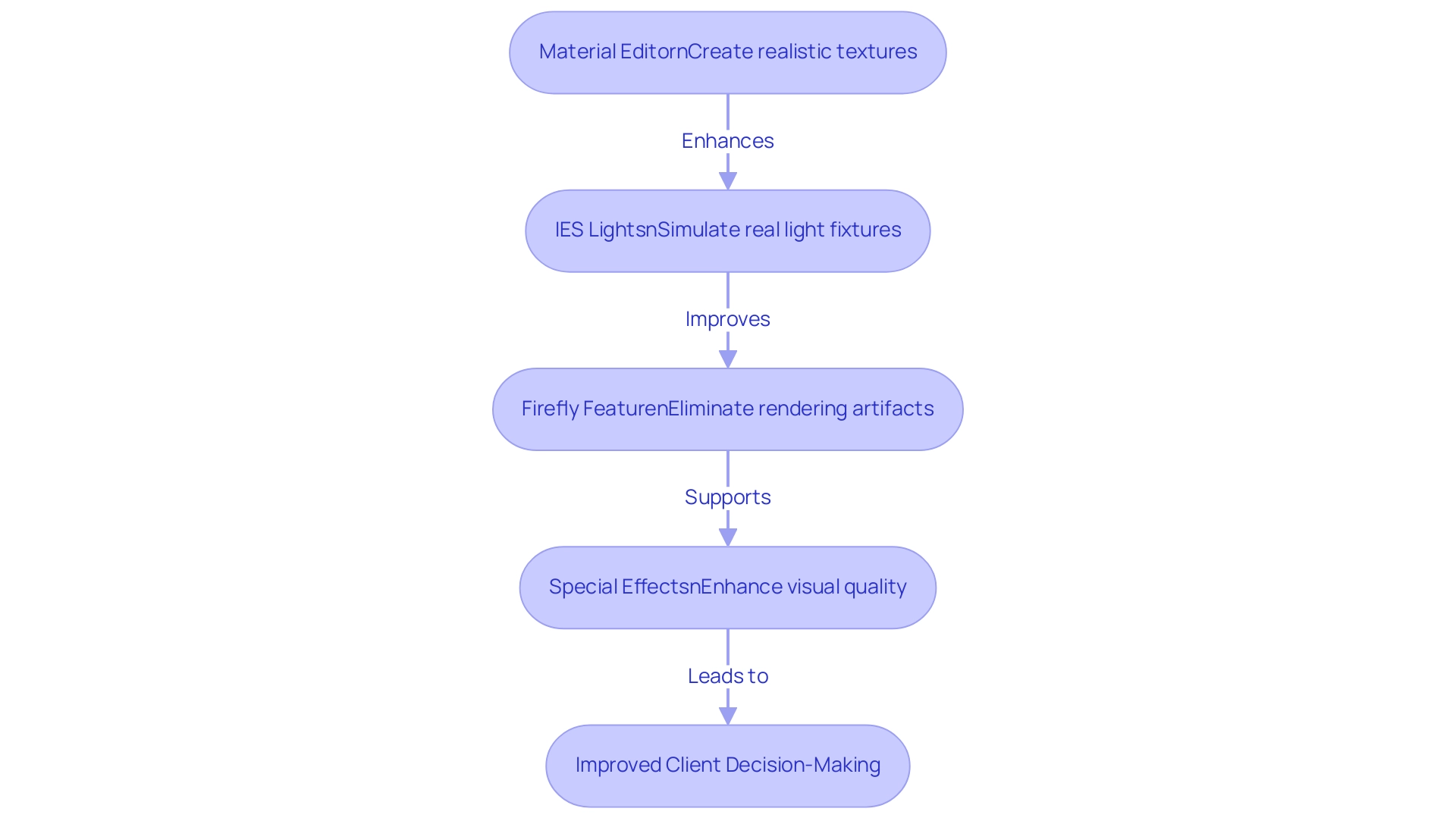
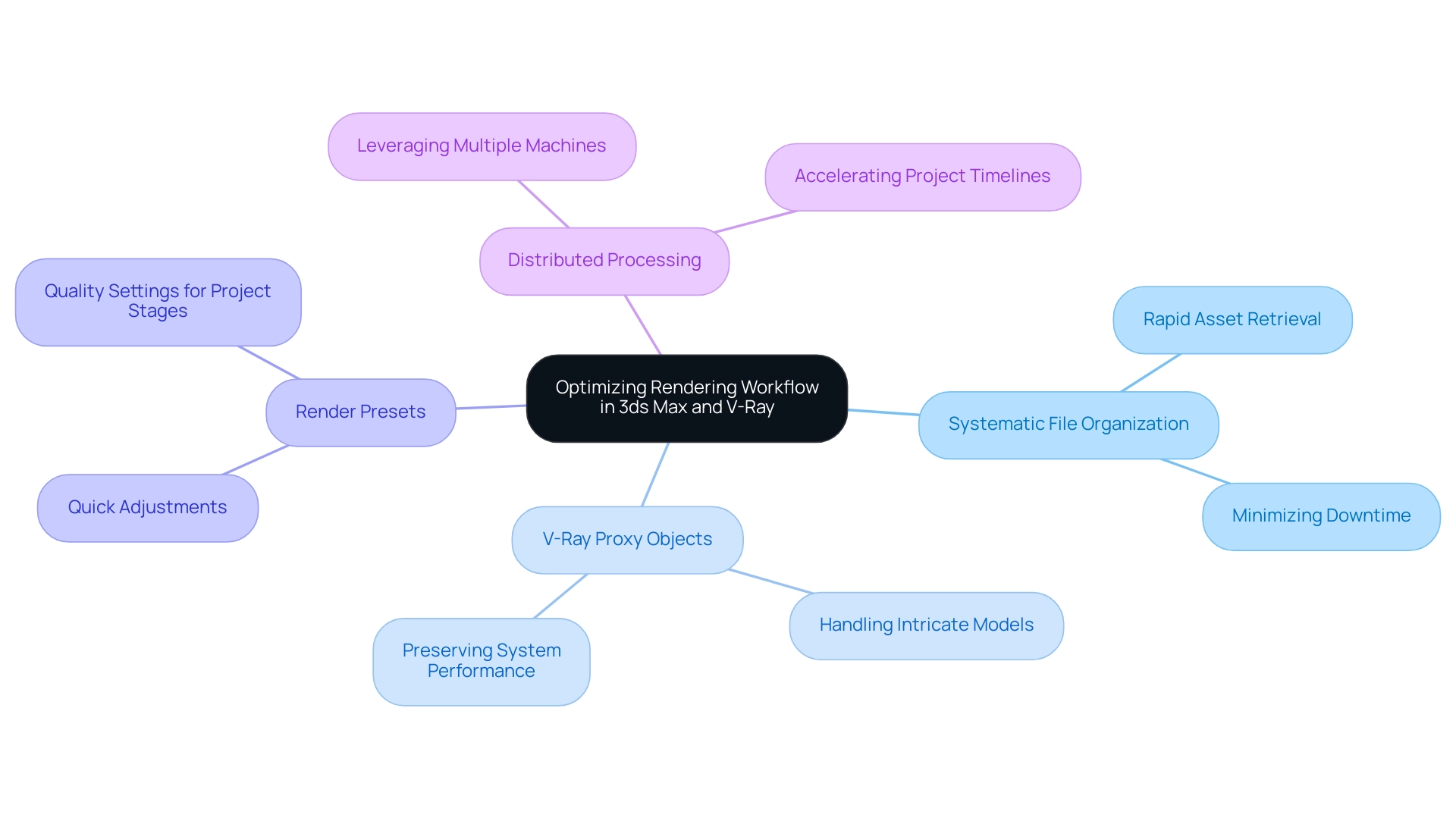
0 Comments